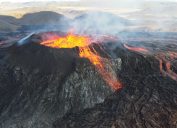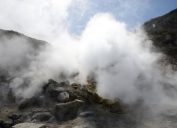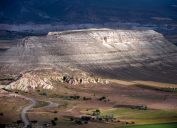Earthquakes Under Mount St. Helens Are Spiking—Could It Erupt Again?
Seismic activity can often predict a blast, but there's no cause for panic.
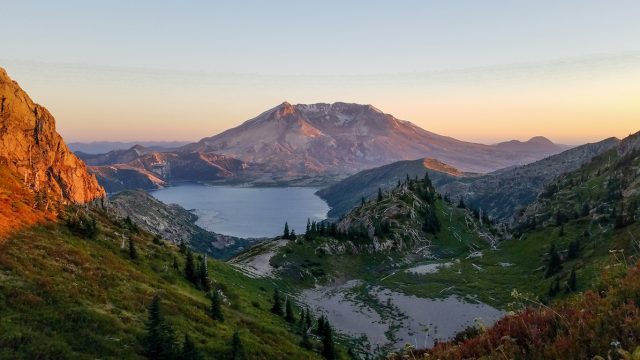
There are about 1,340 potentially active volcanoes worldwide, excluding the ones on the ocean floor. About 170 of these are within the U.S. and its territories, and just three have shown activity since the country was founded. One of those three is Mount St. Helens, the most active volcano in the Cascade Range in Washington State, according to the U.S. Geological Survey (USGS).
The most catastrophic eruption at Mount St. Helens occurred in the spring of 1980. It was accompanied by a magnitude 5+ earthquake and a debris avalanche that swept pieces of the volcano's summit down its side. The death toll reached 57, making it the deadliest eruption in U.S. history. Because of that, scientists closely monitor St. Helens, alerting the public when another eruption could be imminent. Recently, the USGS announced there had been some unusual seismic activity. Read on to hear more about their recent findings.
RELATED: 46 Volcanoes Are Erupting Right Now—What That Means for Us.
There's increased seismic activity near Mount St. Helens.
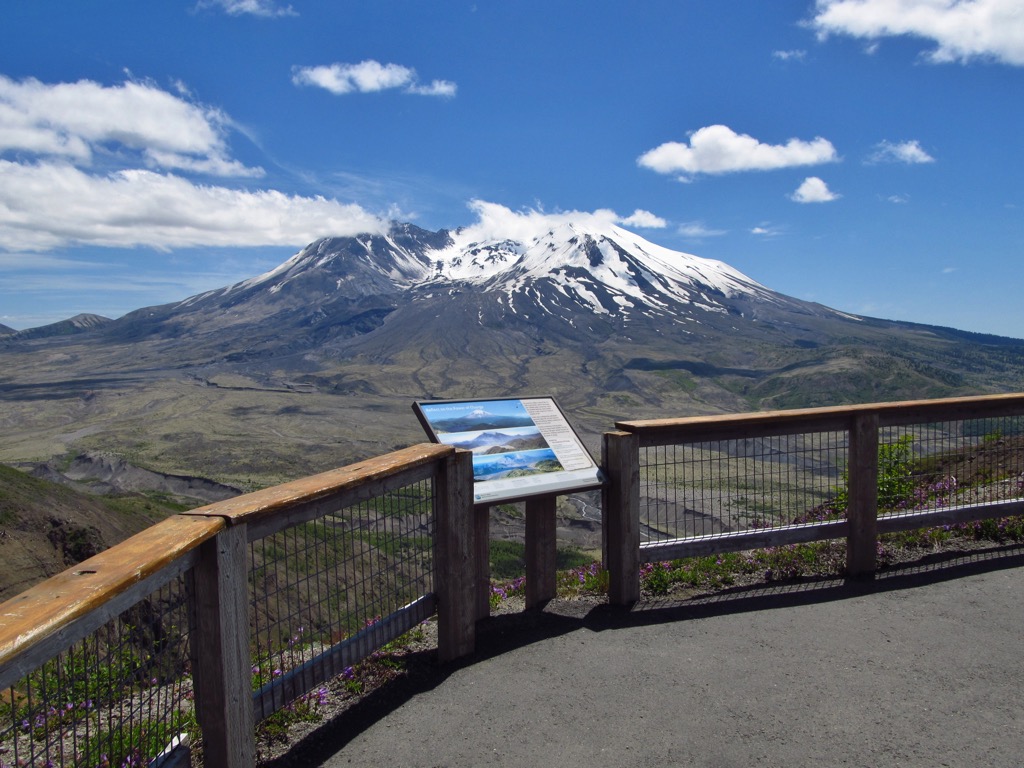
On Oct. 30, the USGS posted on X that the volcano had seen a slight uptick in earthquakes. "Most are small (less than M1.0) & not felt at the surface," they wrote.
There were 40 to 50 earthquakes per week between August and September, compared to the average of 11 the volcano saw each month since it stopped erupting in 2008. From mid-July to Oct. 30, there were more than 400 quakes at the site, the X thread continued. The largest recent earthquake was a magnitude 2.4 on Aug. 27, per the USGS.
Fortunately, the USGS isn't concerned. "Volcano remains at normal (green) background levels," they concluded.
However, it's worth noting that the USGS classifies Mount St. Helens as a "very high threat." After Kilauea in Hawaii, it's the second volcano on the agency's list of volcanoes that meet the specifications. The assessment is based on a volcano's potential hazard to people and property, so a volcano with no people living nearby would be a low threat, while one surrounded by towns is a high threat.
RELATED: Italian Supervolcano Is Sparking Concern and Evacuation Plans.
This is what happens before volcanoes erupt.
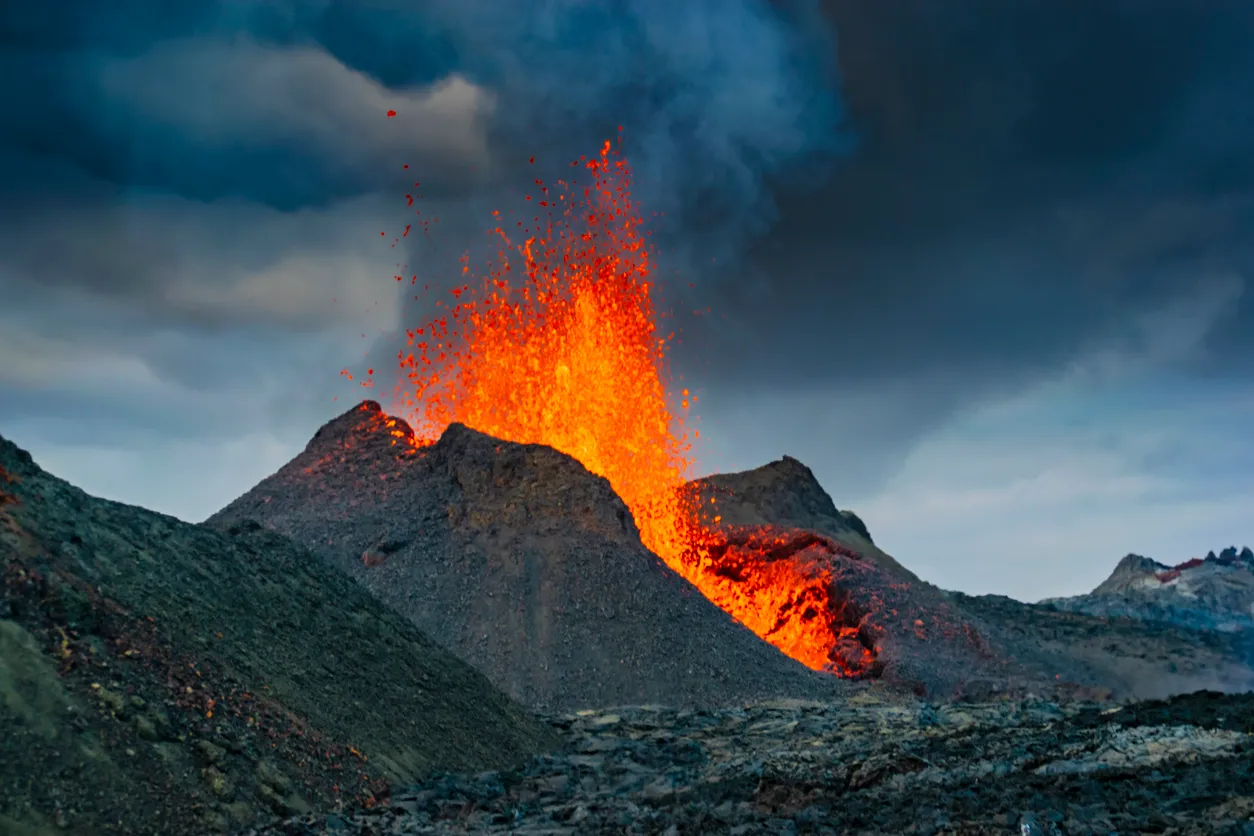
Scientists can typically predict when a volcano will erupt because there are warning signs. According to the USGS, usual precursors include increased frequency and intensity of felt earthquakes, noticeable steaming or new areas of hot ground, a swelling of the ground surface, and several other factors. These warnings can occur for weeks, months, and years before an eruption; sometimes, no eruption takes place at all.
Fortunately, the USGS didn't spot any issues at Mount St. Helens besides the uptick in quakes: "No changes have been detected in ground deformation, volcanic gas or thermal emissions at Mount St. Helens or at other Cascade Range volcanoes."
Instead, the agency explains that the earthquakes are likely associated with "pressurization of the magma transport system." This is thought to be caused by the arrival of additional magma.
RELATED: One of America's "Very High Threat" Volcanoes Keeps Quaking—Could It Erupt Any Day Now?
There's also suspicious activity elsewhere in the world.
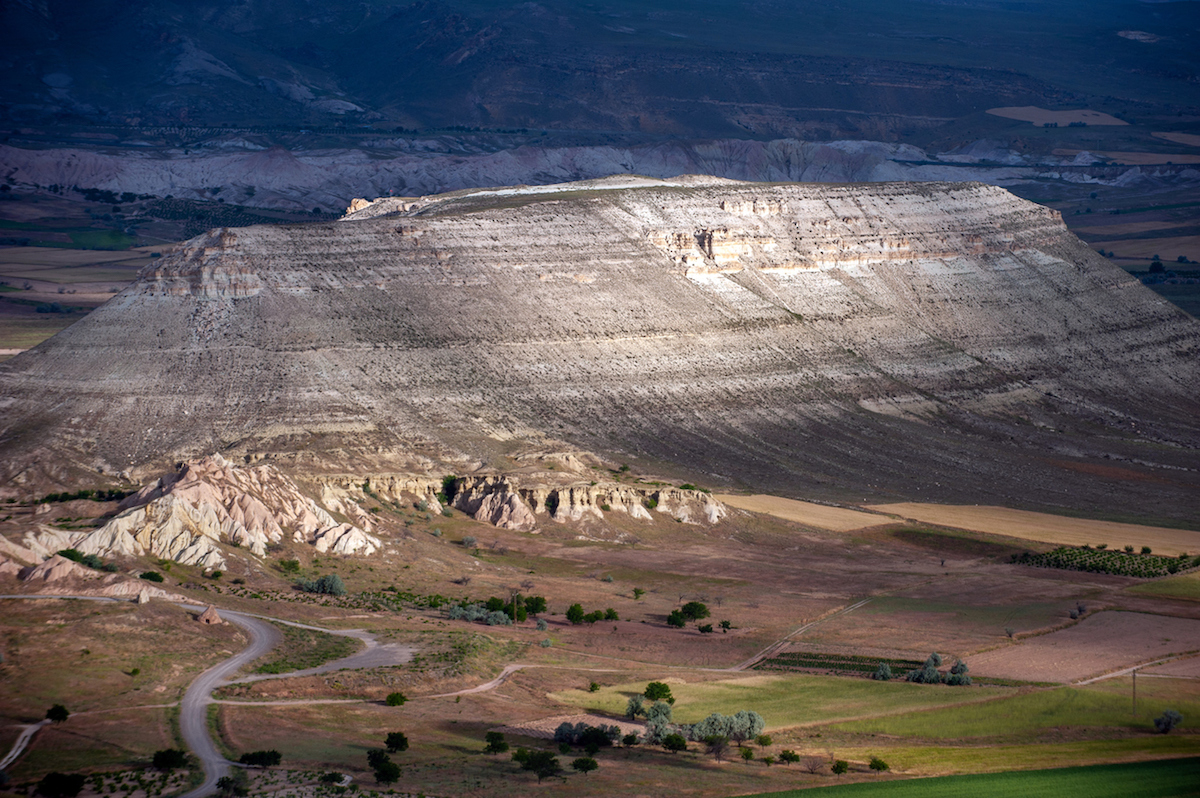
Mount St. Helens isn't the only volcano that has recently shaken things up. The Long Valley Caldera in California and the Campi Flegrei in southern Italy have also seen increased seismic activity. These volcanoes are categorized as supervolcanoes, which means that the volcano has once had an eruption of magnitude 8; such eruptions spread material more than 240 cubic miles from the original site.
Fortunately, scientists believe both areas are currently safe. In a recent study published in the journal Science Advances, scientists from the California Institute of Technology concluded that the earthquakes at the Long Valley Caldera are likely due to it cooling down.
The activity at the Campi Flegrei, on the other hand, is probably caused by bradyseism, when the earth rises or falls due to the filling or emptying of underground magma chambers. To be safe, the Italian government is devising places it could evacuate the more than 500,000 who live in the area if needed.
Here's what would happen if Mount St. Helens erupted again.
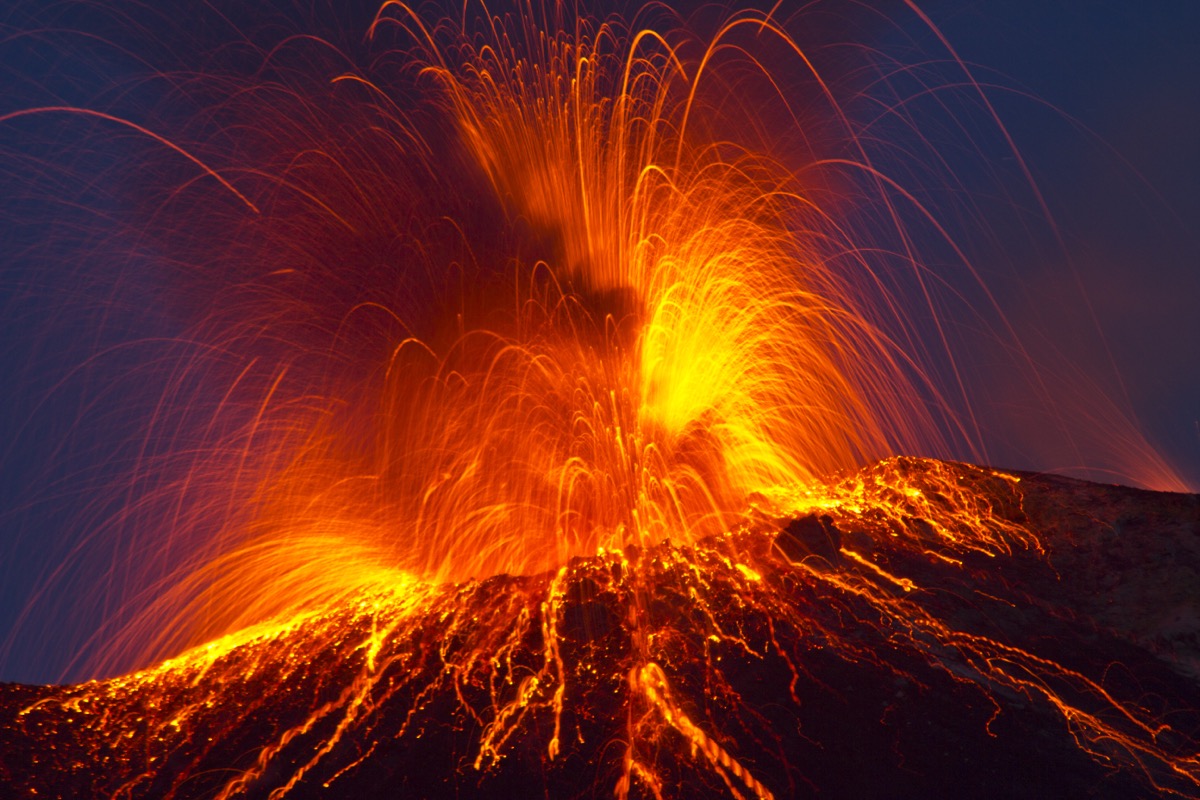
While there are no signs that an eruption at Mount St. Helens is imminent, many scientists believe there will be another eruption in our lifetimes. However, the eruption would likely be smaller than the 1980 blast and closer to the one that occurred from 2004 to 2008, which had a notable lack of explosive events.
But since the area around Mount St. Helens had an estimated population of 12,083 in 2019, per Newsweek, it's always best to be prepared.
RELATED: For more up-to-date information, sign up for our daily newsletter.
